Writing Teaching Resources
Teaching writing strategies and the writing process this school year? Explore a comprehensive collection of teacher resources for elementary and middle school ELA teachers — all created by teachers!
Stocked with graphic organizers, writing prompts, templates, worksheets and so much more, this collection of printable and digital activities is designed to help you as you help your students become more effective communicators and unleash their creativity and imagination.
Save time on lesson planning with resources that have been through a careful review process by an expert member of our teacher team to ensure they're ready for your classroom and your students!
Are you looking for tips and tricks to add to your teacher toolkit this school year? Read on for a primer from our teacher team, including engaging activities for teaching writing in elementary and middle school and a look at some of the different writing strategies your students will need to learn.
11 Writing Strategies Kids Should Know by the End of Middle School
We can't talk about teaching kids to write without talking about the different writing strategies that can help them do just that!
When it comes to teaching our students to become confident writers who articulate their ideas effectively, here are some of the strategies our teacher team prioritizes:
1. Brainstorming
Brainstorming is something we often do in the classroom, and it's a crucial part of learning to generate the ideas that will drive students' writing as they progress through their educational journey. Kids should know how to create a list of potential topics or points related to a particular writing assignment.
With younger students, this is often done as a whole group by writing ideas and points on chart paper. In upper grades, students transition over to using text-based materials to generate ideas and talking points.
2. Outlining
Before diving directly into any assignment, our students should be able to create a structured framework or outline. Teaching students how to create this outline will help them organize their thoughts and arguments for penning their essays, reports and research papers.

3. Using Graphic Organizers
Technically graphic organizers are classroom tools, so you may not think of their use as a writing strategy per se. However, learning to use these tools is another means of providing kids with the tools they need to organize their ideas and information before they sit down to write.
These organizers are particularly useful for expository writing — students can use them to outline main ideas, supporting details, and transitions.
Students can also take advantage of story maps when they are working on narrative writing to plot the key elements of a story, such as characters, setting, conflict, rising action, climax and resolution.
Graphic organizers such as the OREO strategy and hamburger paragraph are also great tools for students to use when working with opinion and persuasive texts.
4. Freewriting
Writer's block is the enemy of creativity, and it can easily frustrate young students who don't know where to begin.
When students freewrite, they write continuously without worrying about grammar or punctuation. This writing strategy can be extremely freeing — hence the name! — and helps frustrated writers move past that writer's block, generating fresh ideas.

5. Peer Editing
Learning to review and provide constructive feedback on each other's work is a great writing strategy to employ in your classroom to help students improve their writing quality and enhance their editing skills.
The strategy allows your students to learn from one another, and it arms them with an important tool they can use well into the future — calling on peers to provide a critical eye to a piece of writing.
6. Using Sensory Language
Working on descriptive writing? With this writing strategy, students engage the reader's senses through vivid and sensory language to create a more immersive experience.
7. Including Transitions and Connectives
As students become more proficient in the writing process, learning to use transitional words and phrases allows them to create smooth transitions between sentences and paragraphs. This strategy makes their writing more coherent and polished.
8. Incorporating Evidence
In persuasive, opinion, and expository writing, students are taught to support their claims with evidence and examples to strengthen their arguments.
It takes some practice to train your students to use evidence in their writing, so it's often a good idea to start with something simple, like the R.A.C.E.S. strategy.
9. Crafting a Thesis Statement
In expository, opinion, and persuasive writing, crafting clear and concise thesis statements that summarize the main point or argument of their essay helps students be more focused and organized in their writing. This strategy can also have the effect of empowering students to express their ideas confidently and persuasively.
10. Incorporating Introductions and Conclusions
With this strategy, students practice crafting effective introductions and conclusions that grab the reader's attention and leave a lasting impression.
11. Following a Revision Checklist
Teaching your students to use a revision checklist is a strategy that will help them be more self-reflective, evaluating their own writing against the checklist criteria and becoming more aware of their strengths and weaknesses.

- Plus Plan
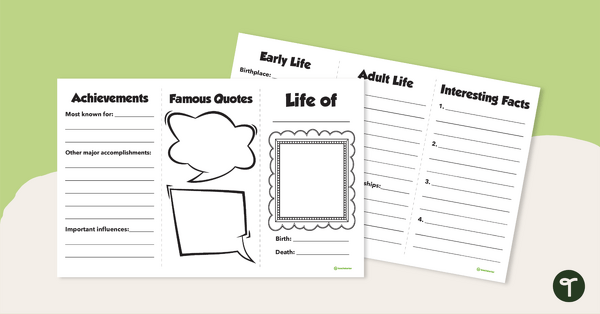
Biography Brochure Template
Help your students organize their thoughts about their biography subject.
- Plus Plan

Editing for Capitalization Worksheets
Show mastery of capitalization rules by reviewing 3 short pieces of text and editing all words with missing capital letters.
- Plus Plan

Writing Compound Sentences with Conjunctions Worksheet
Assign this worksheet to allow students to practice using coordinating conjunctions to create compound sentences.
- Plus Plan
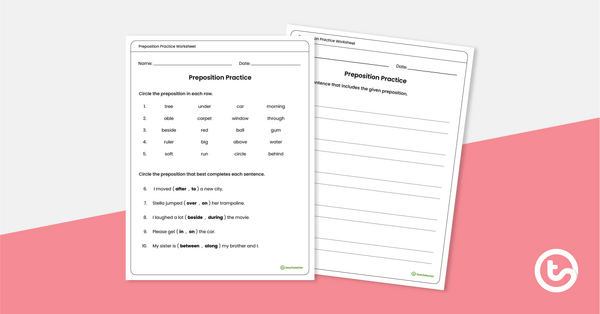
Preposition Practice
Practice prepositions with our 2-page worksheet that prompts students to identify and use prepositions in sentences.
- Plus Plan
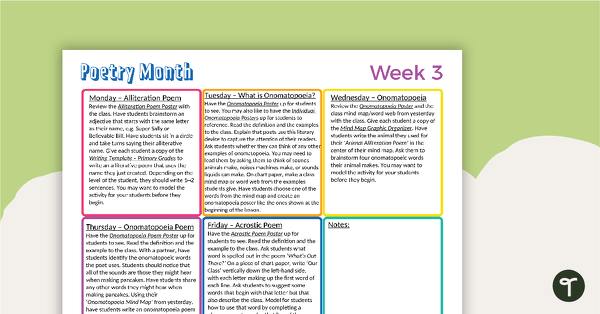
Primary Weekly Poetry Guide - Week 3
Use this weekly poetry guide to celebrate National Poetry Month in your primary classroom.
- Plus Plan

Types of Verbs Worksheet
A worksheet that can be used to practice or assess students' knowledge of various types of verbs.
- Plus Plan
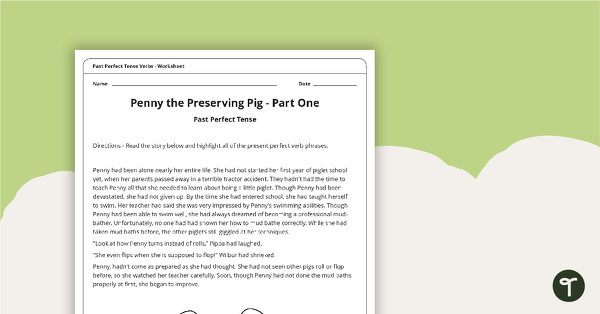
Perfect Tense Verbs Worksheet
A series of three worksheets that contain passages written in the past, present, and future perfect tenses.
- Plus Plan
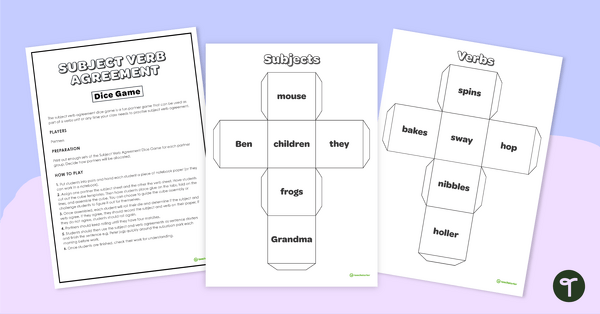
Subject Verb Agreement Dice Game
A dice game for pairs of students to help practice subject verb agreement and sentence writing.
- Plus Plan
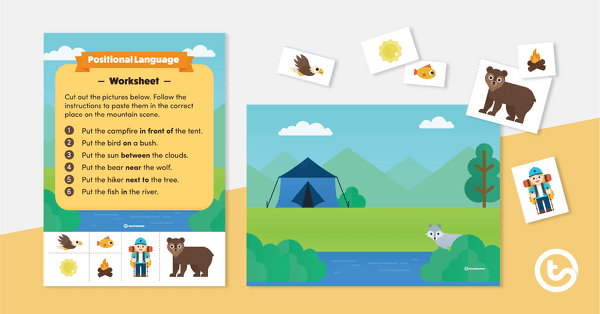
Positional Language Activity – The Campground
An activity to use when teaching younger students about positional language.
- Plus Plan
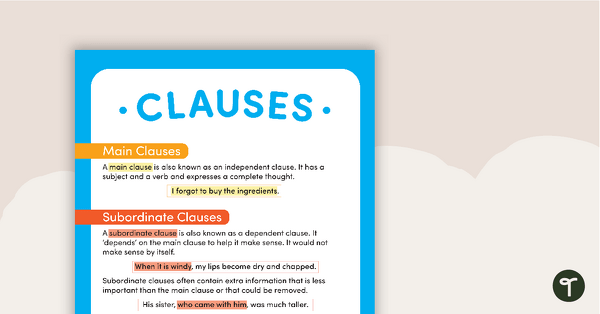
Main Clauses and Subordinate Clauses Poster
A poster explaining main clauses and subordinate clauses.
- Free Plan
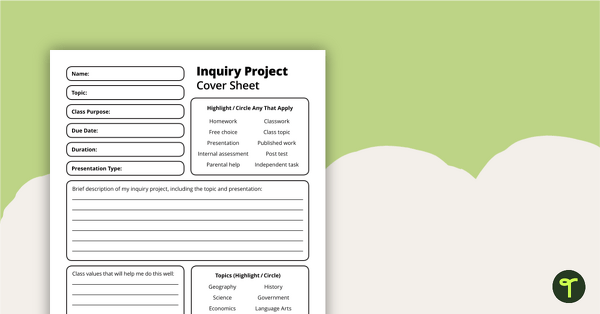
Inquiry Project - Template
A diverse template to help students craft inquiry questions to produce different types of research projects.
- Plus Plan
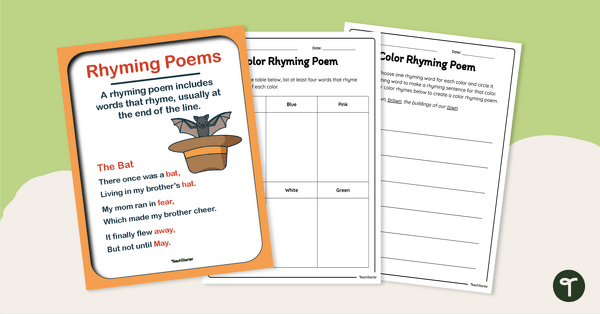
Rhyming Poems Poster and Template
Teach your students all about rhyming couplet poems with this classroom poster and accompanying student worksheets.
- Plus Plan
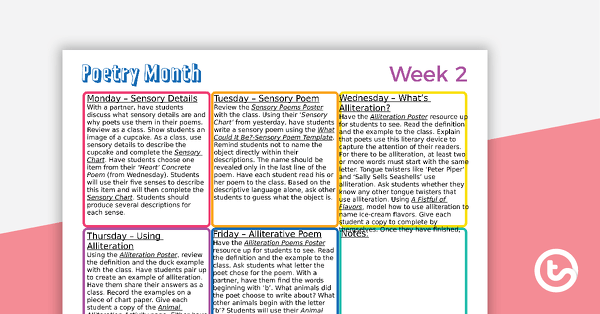
Primary Weekly Poetry Guide - Week 2
Use this weekly poetry guide to celebrate National Poetry Month in your primary classroom.
- Plus Plan
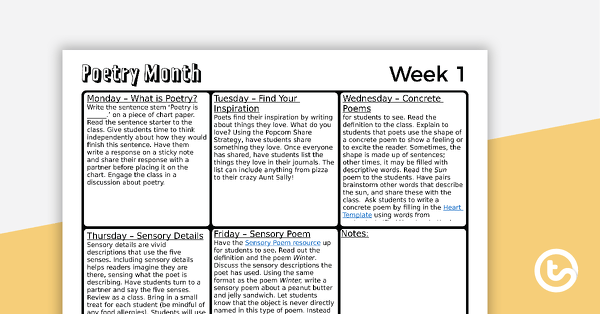
Primary Weekly Poetry Guide - Week 1
Use this weekly poetry guide to celebrate National Poetry Month in your primary classroom.
- Plus Plan
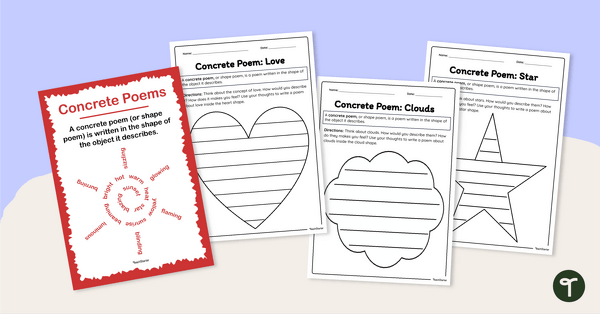
Concrete Poem Poster and Templates
Use this concrete poem example and accompanying template to teach your students how to write a concrete poem.
- Plus Plan
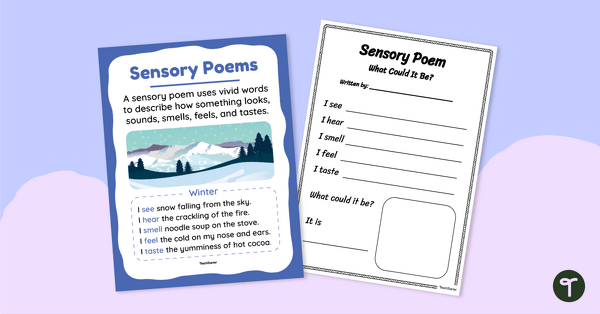
Five Senses Poem Poster and Template
Use this five senses poem example and accompanying template to teach your students how to write a sensory poem.
- Plus Plan
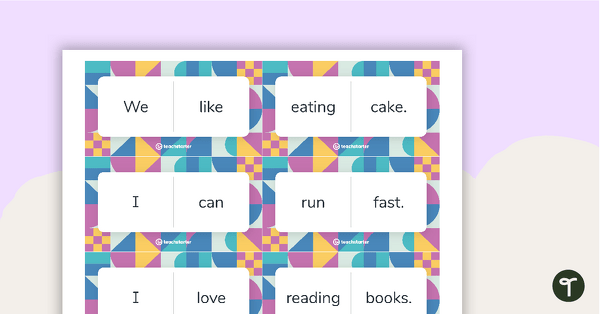
Simple Sentence Dominoes - Set 3
A set of 30 dominoes to assist younger students with building simple sentences.
- Plus Plan
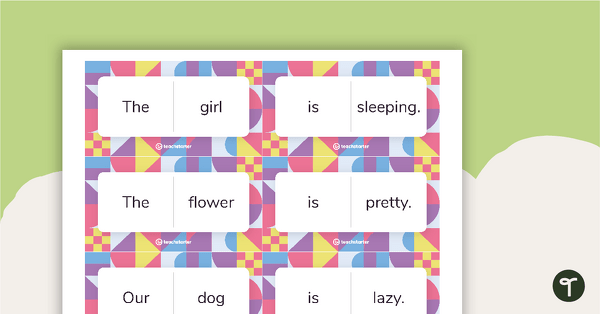
Simple Sentence Dominoes - Set 2
A set of 30 dominoes to assist younger students with building simple sentences.
- Plus Plan
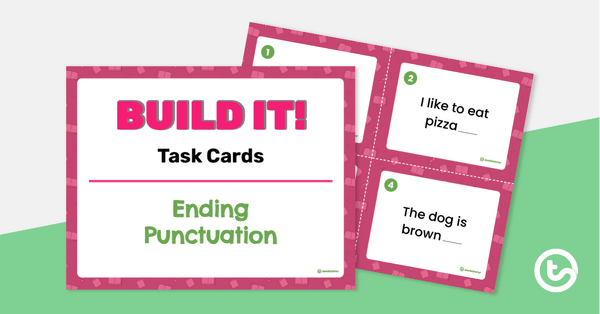
Build It! - End Punctuation Task Cards
A set of 20 task cards, directions, and answer key to practice forming end punctuation.
- Plus Plan
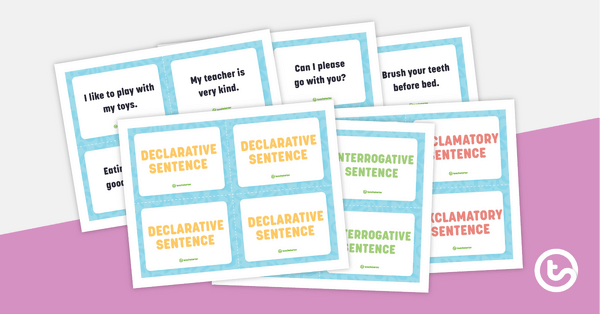
Declarative, Interrogative, and Exclamatory Sentence Match-up Cards
A set of match-up cards to use when teaching younger students about the types of sentences.
- Plus Plan
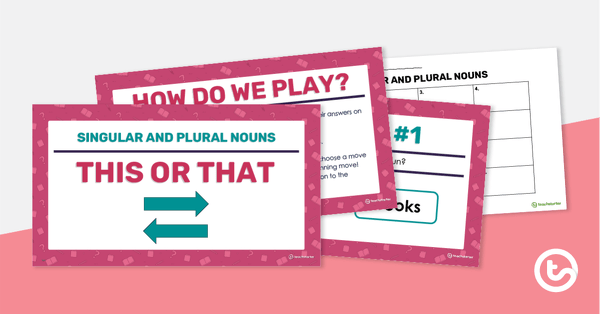
This or That! PowerPoint Game - Singular and Plural Nouns
An active PowerPoint game to practice working with singular and plural nouns.
- Plus Plan
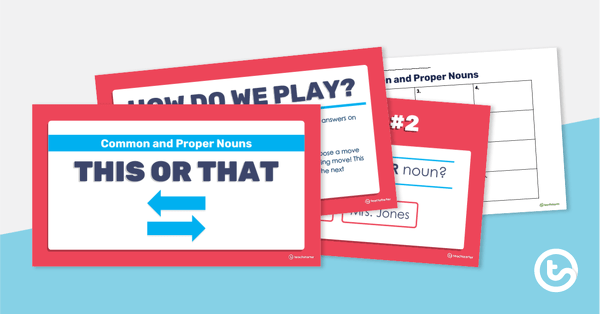
This or That! PowerPoint Game - Common and Proper Nouns
An active PowerPoint game to practice working with common and proper nouns.
- Free Plan
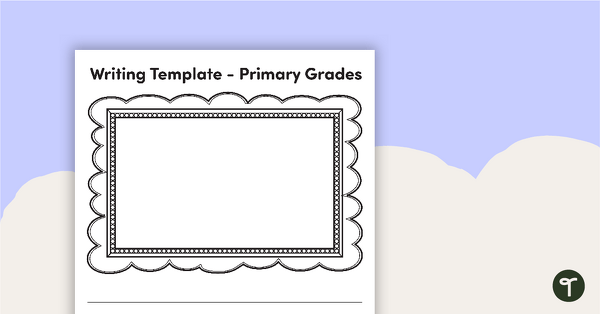
Writing Template - Primary Grades
A blank template to use for a variety of writing pieces in the primary grades.
- Plus Plan
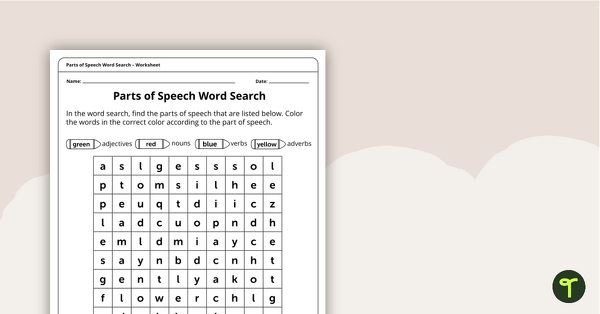
Parts of Speech Word Search – Nouns, Adjectives, Verbs, and Adverbs
Find and categorize nouns, adjectives, verbs, and adverbs with this color by parts of speech worksheet.
- Free Plan
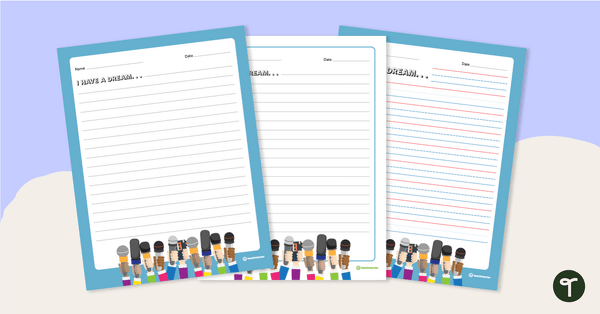
"I Have a Dream" Writing Prompt Page
Observe MLK Day by encouraging students to think about their “dream” for the future by writing it as a speech.
- Free Plan
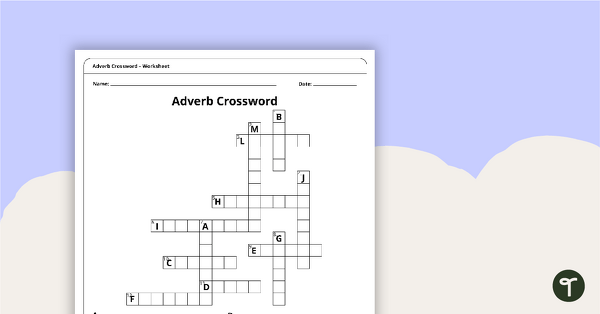
Adverb Crossword – Worksheet
A crossword for students to review different adverbs.
- Plus Plan
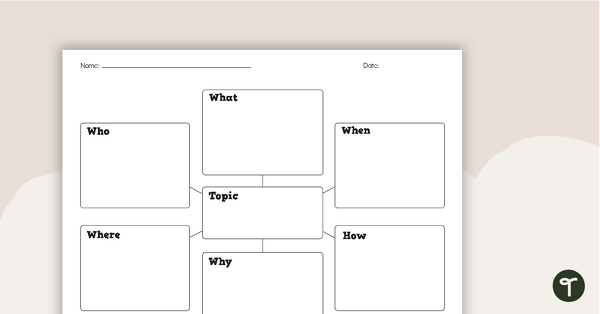
5 W's and 1 H Graphic Organizer - Landscape
A blank 5 W’s and 1 H graphic organizer to use when planning a piece of writing text.
- Plus Plan
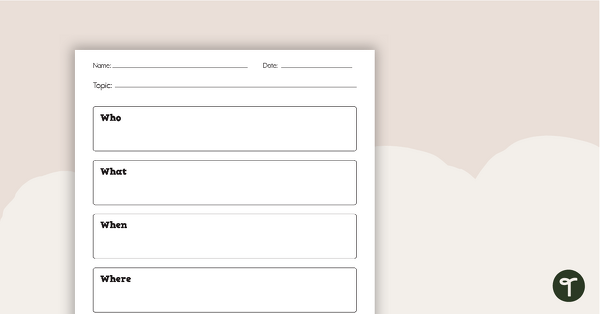
5 W's and 1 H Graphic Organizer - Portrait
A blank 5 W’s and 1 H graphic organizer to use when planning a piece of writing text.
- Free Plan
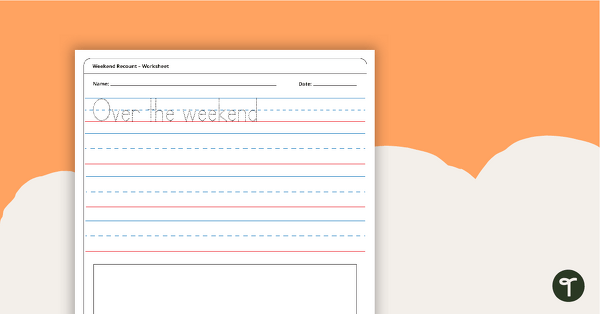
Weekend Narrative Writing Worksheet
Practice writing personal narratives with your young students with this writing template.
- Plus Plan

Adjective Task Cards
Identify the adjective in the sentence through this set of 20 task cards.
- Plus Plan
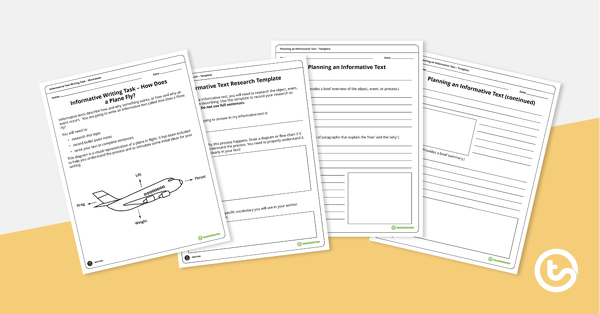
Informative Text Writing Task – How Does a Plane Fly?
A scaffolded writing task for students to complete when learning about the informative text type.
- Plus Plan
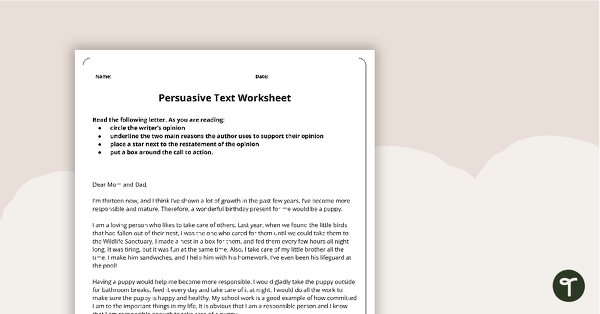
Persuasive Text Worksheet
Revise the key structural elements of the persuasive text type with this informal letter.